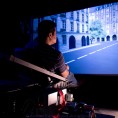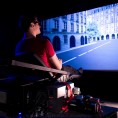Our new iSpace multi-modal VR simulator was first publicly demonstrated at the SIAT showcase on 5. Feb 2011, together with the Sympathetic Guitar project by Jay Vidyarthi which provides the live accompaniment for the video below that we shot during the demo.
This was the first public demo of new iSpace (Riecke) Lab Virtual Reality Simulator at the School of Interactive Arts and Technology (SIAT), Simon Fraser University, Canada, as presented at the SIAT showcase on February 5, 2011.
The goal of the iSpace VR simulator is to provide a flexible research apparatus to study human spatial perception, cognition, and behaviour in reproducible, clearly defined and controllable experimental conditions. We are using Virtual Reality to provide a multi-modal, fairly naturalistic and immersive stimuli in a closed action-perception loop.
The Sympathetic Guitar walks the line between art and science, being both a manifestation of its creator’s cultural lineage and the subject of an experiment on social interactions with technology. The guitarist’s hand position and performance dynamics are used to modulate a deep digital sitar drone as real-time accompaniment. The project represents an exploration of whether a human-computer interface can be designed specifically to generate an engaging socially-immersive relationship with its user. See http://vimeo.com/17421550 for details.
iSpace Simulator Demo Video:

Driving through a virtual city:

Sympathetic Guitar Video:
The iSpace program is centered on investigating what constitutes effective, robust, and intuitive human spatial orientation and behaviour. This fundamental knowledge will be applied to design novel, more effective human-computer interfaces and interaction paradigms that enable similar processes in computer-mediated environments like virtual reality (VR) and multi-media.
To tackle this ambitious agenda, we had to design and build our own flexible research apparatus, which consists of a motion chair mounted on top of a “circular treadmill” (see illustrations/video), which allows us to physically rotate participants and/or elicit compelling self-rotation illusions (induced by biomechanical cues from stepping along with the rotating turntable). To design and build such a setup (which is commercially unavailable), we started a highly fruitful collaboration with several professors in Mechatronics and employed three Mechatronics 3rd year undergraduate students as part of a co-op placement and later as RAs. Together, we started to iteratively design, build, and evaluate a worldwide unique multi-modal VR lab for perceptual/behavioural experiments (see pictures below). The most challenging part, the construction of the circular treadmill-based motion simulator was recently successfully completed by the three undergraduates and was the center piece of the showcase. This included the design and 3D modeling of the mechanical components in solidworks including simulation and stress testing as well as the selection and integration of the electronics, motors, control, gears, etc. and basic interfacing to a control computer. Together with my graduate students, we are currently working on the 3D visual, 3D auditory, and subsonic/vibrational simulation, part of which is showcased in the above video/pictures.
Thanks:
Mechatronics:
Supervision: Professors Gary Wang & Siamak Arzanpour
3rd year undergraduates: Etienne Naugle, Adam Hoyle & Anton Brosas






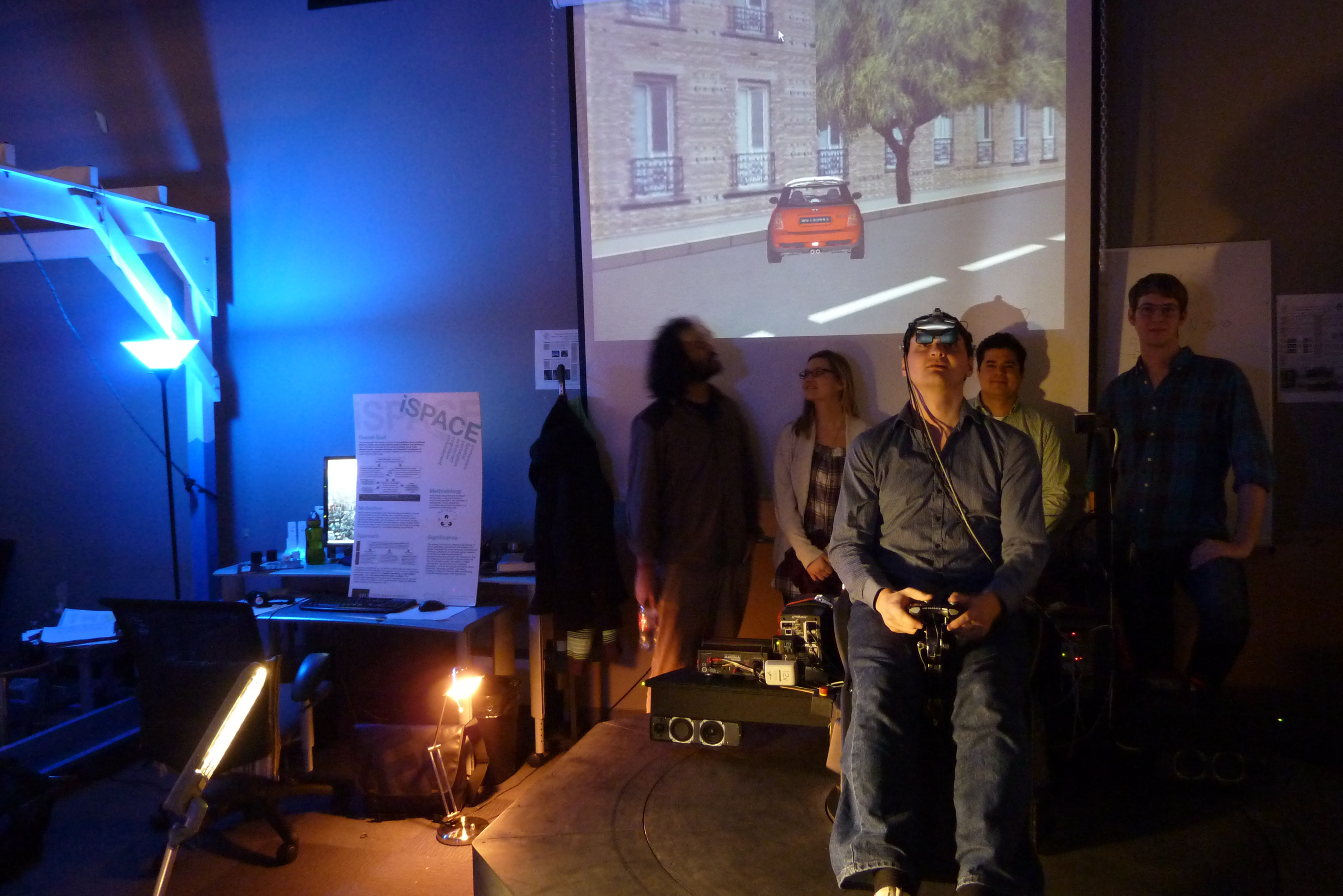


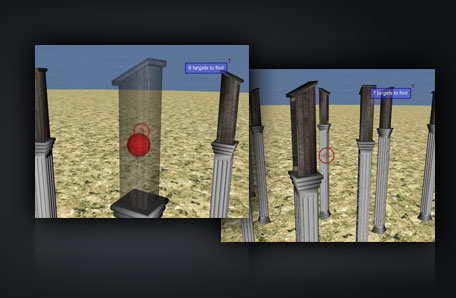

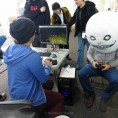








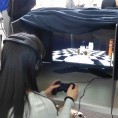





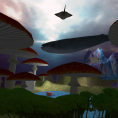
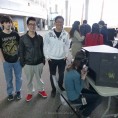

.jpg)








